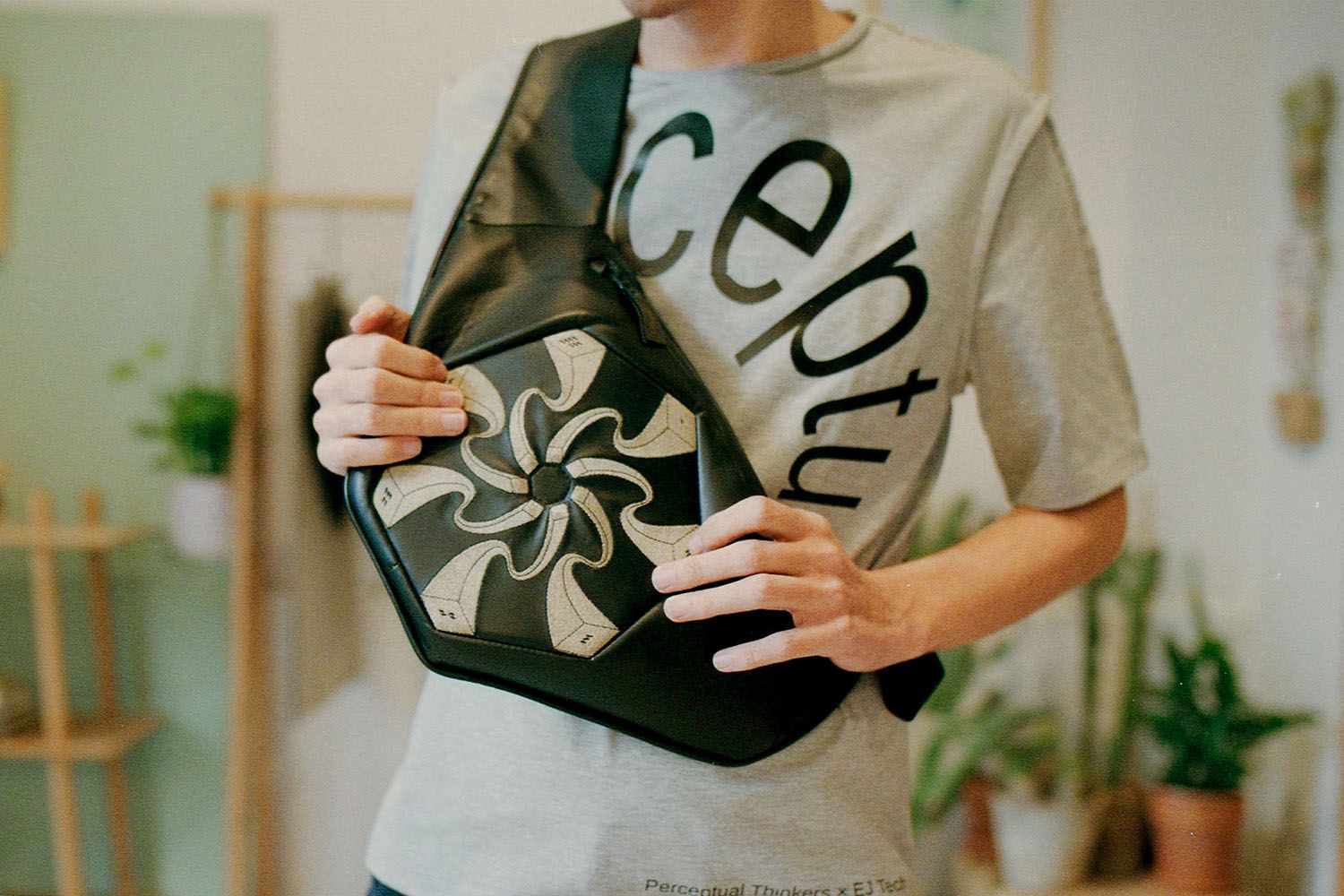A vortex patterned asymmetrically designed fanny pack, that, in addition to its basic function, carries skill development and sound therapy technology. After all, design is not just an aesthetic object, but a force for shaping attitudes and society—this thought guided the founder of the Perceptual Thinkers brand, Dániel Szalkai this time too. We asked the designer about his latest Sensorism project.
In the latest article of the DIALOG thematic month, we present a tool where analog and digital technologies complement each other harmoniously for a good cause.
The repertoire of the Perceptual Thinkers brand draws inspiration from the special perceptual and dressing habits of people with autism. Your first clothing collection debuted in 2018. Since then, your concept has changed a bit and you focus on developing long-term projects rather than seasonality. How did you come up with the idea to create your latest products using smart solutions?
The transformation of the brand’s operations was, in fact, partly driven by necessity. We’ve found that two collections per season is extremely demanding for a small start-up brand. Production costs and promotional expenses can quickly lead to unsustainable operations in such market conditions. Rather, we have continued to think in a more specific and technology-focused direction, and to focus on developments that carry innovation value. In doing so, complementing the social impact that Perceptual Thinkers has represented from the start, that is, to put the social cause of autism in the center.
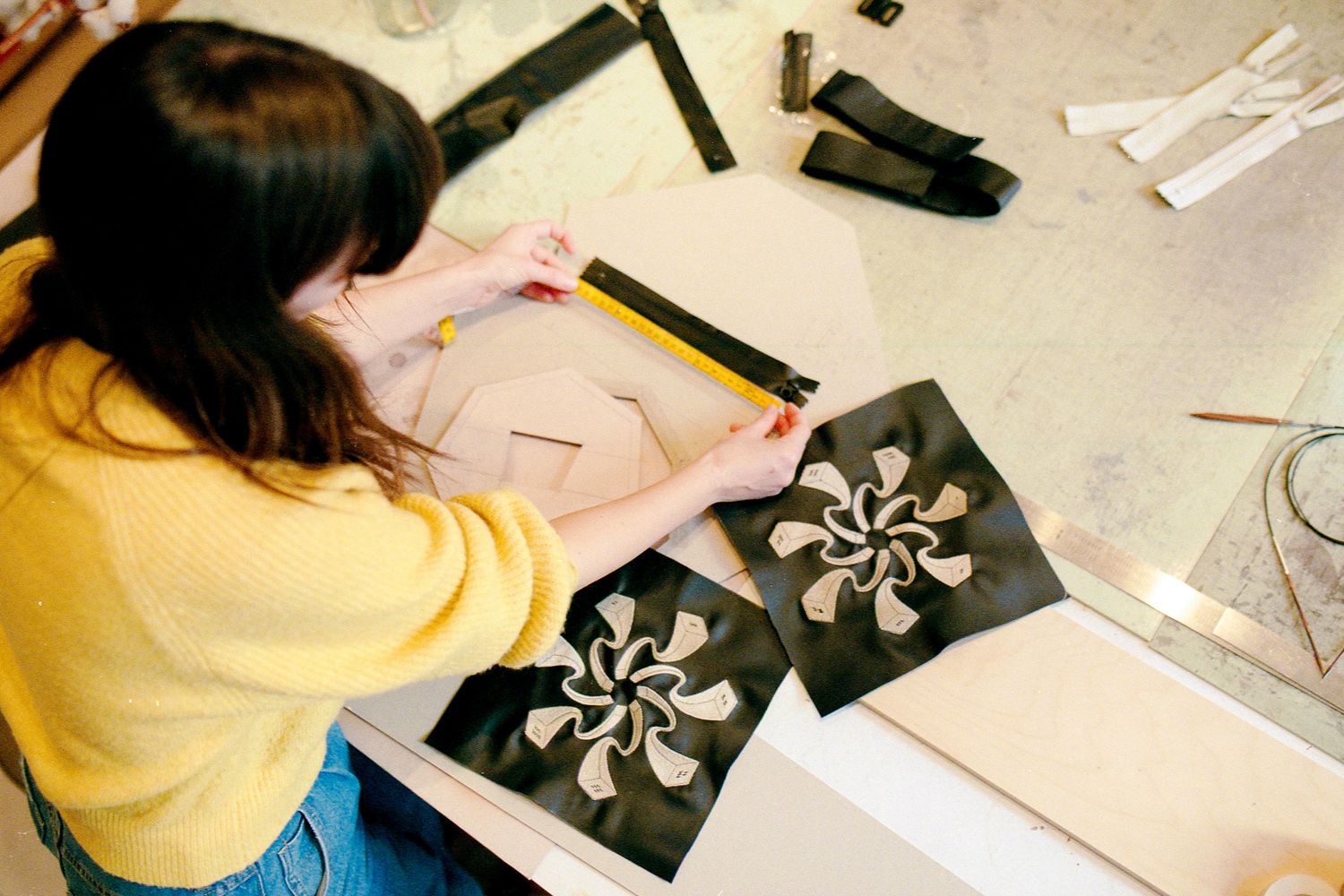
The Sensorism project was preceded by a capsule collection with the EJTECH artist group. In this collaboration, we had the opportunity to develop the technology we used to build the current concept. The name of the project came from a fusion of the words sensory and autism: our goal was to develop a technology-based product that could help people with autism communicate. It also includes fun features that make the bag even more enjoyable for neurotypical people to use. The embroidered patterned bag responds to touch and through its mobile application, the owner becomes able to sound it or generate musical sounds and sound patterns by touching the embroidered surfaces. Thus, in addition to its basic functions, the bag can also be used as a communicator or “instrument”. The material is vegan leather and the embroidered surface is made of Elitex metallic embroidery thread. The pattern of the bag and the contrasting colors all serve to make the built-in features easy to identify, but it was also an aspect to have an aesthetic look in keeping with the contemporary design.
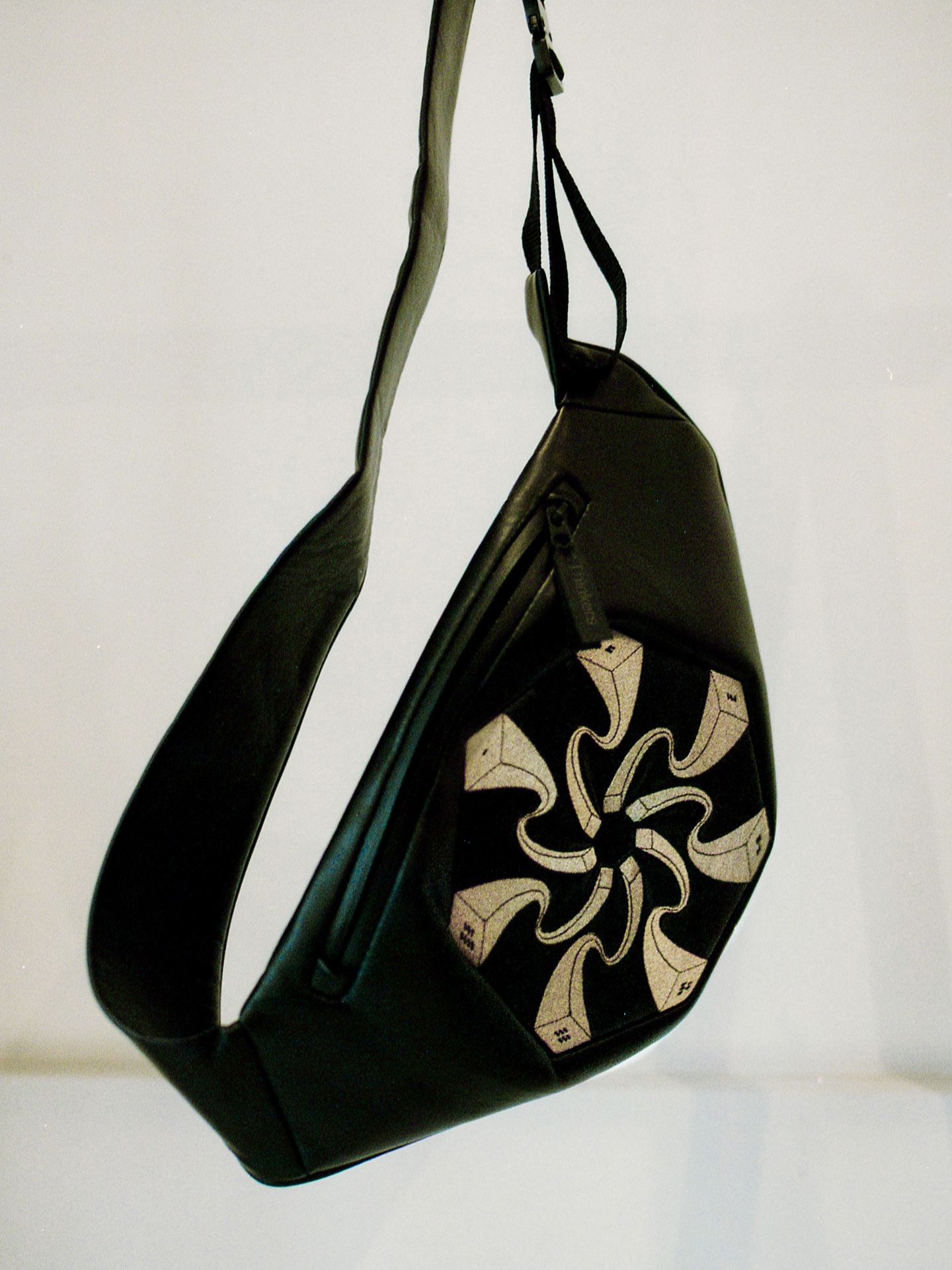
Personally, I was particularly interested in the duality of the concept, namely, that we can use analog and digital tools to develop a device that is characterized by the same duality. Leatherwork, tailoring, sewing, embroidery, that is, the traditional creation meets the world of engineering and new technologies such as 3D printing, bluetooth and mechatronics. And this mixture eventually concentrates into a virtual interface, an application, and becomes usable.
The Sensorism bag was created as a joint effort of several external designers or experts. How did the team come together?
The team first came together in connection with the project outlined in the framework of the Moholy-Nagy Scholarship. Together with Eszter Szász, the manager and co-founder of Perceptual Thinkers, we invited contributors who can help us with the technical content of our ideas and with the professional issues that arise during the development process. Mechatronic engineer Andor Hofecker was in charge of the technical and programming tasks, and autism specialist Dr. Nóra Kollárovics was our professional consultant. The work of the team culminated in the finals of a Hungarian startup competition. Finally, Vanda Berecz joined during the design process of the device, helping the team with the final design and prototyping.

Who is the target audience for this product? Who will be the customers?
The main goal of the bag and the project is to break down the boundaries between differences with the help of fashion. We draw attention to the particularly sensitive world of people with autism and their auditory sensitivity. We tried to playfully intoduce the social phenomenon we represent and we developed a tool that could be used by the specific target group. For example, to improve speech and communication skills or as a tool for sound therapy. In addition to the massive vegan leather bag, the product includes a microcontroller as well as an app that can be used on any smart device. The built-in capacitive sensor and technology allow long and continuous use, and the hardware can quickly connect to any smart device via bluetooth. The crossbody or bumbag shape has been tailored to the needs of people with autism: so they can easily place their personal belongings and treasures in it. Currently, a second-generation prototype has been completed, but after a longer process of research and development, we want to deliver the product to a specific audience: development centers, schools with special educational needs (SEN) or the given families. Small-scale sales of the product, however, are still a distant goal.
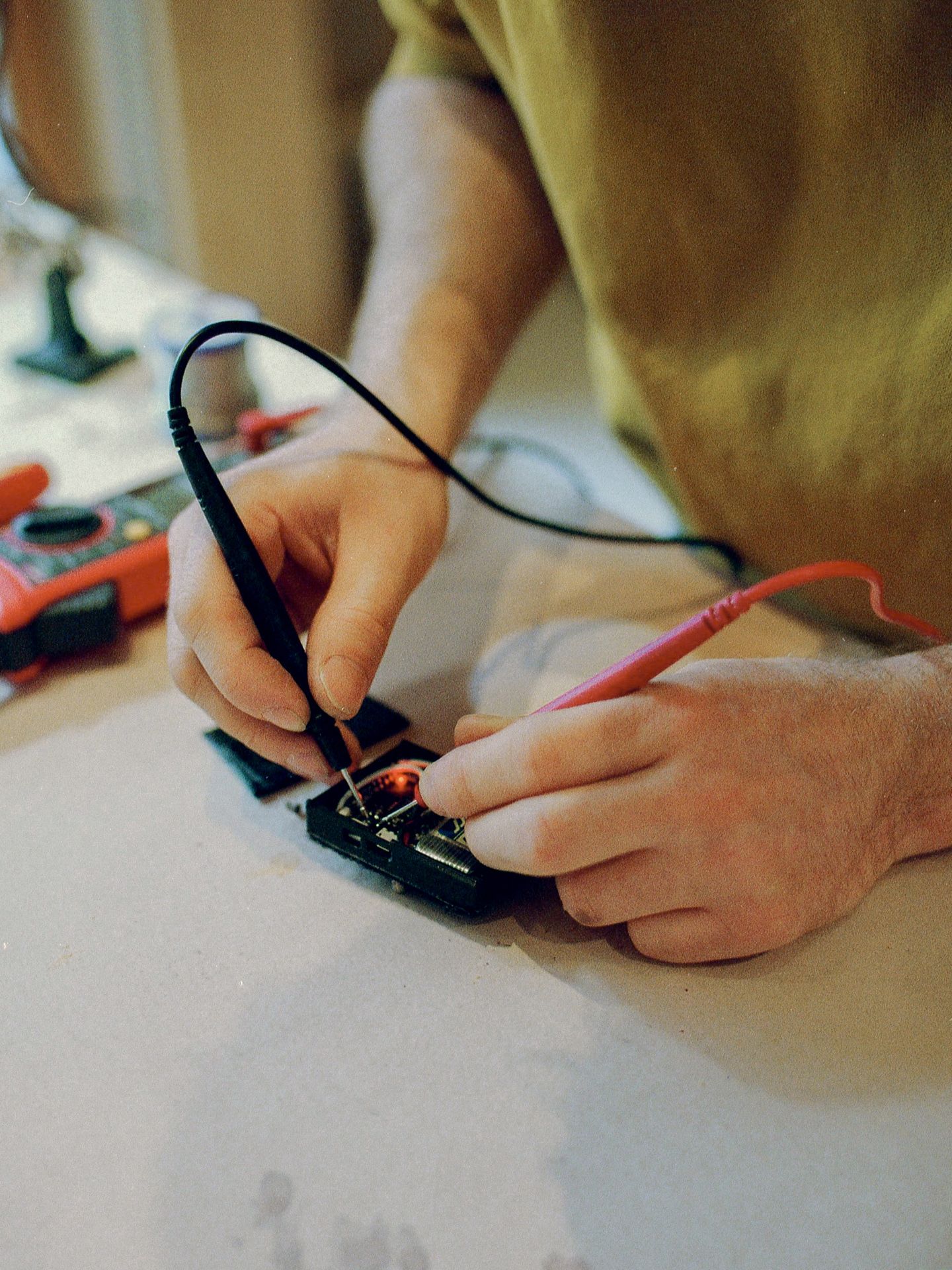
In the case of inclusive design projects, in addition to responding to some social problem, it is always very exciting how an object created in this spirit takes on its final form. What are the different phases of the Sensorism bag? What aspects did you need to rethink during the design process?
The development of the whole technology has meant a continuous redesign of almost every week and the result of small partial successes is that the device can operate relatively steadily. An important aspect, for example, was that the hardware could be removed from the bag. The product must also be cleanable and can withstand extreme use. It was very important that there were no wires and that the bag could be repaired. We strived to make the bag easy to use and easy to manufacture. These developments are mostly the merits of Andor and Vanda. Unfortunately, due to the lockdowns and social problems caused by the coronavirus, for a relatively long time, we developed the tool according to a pre-designed scenario, which we constructed following expert opinions.
Now that your prototype has taken on its final form, what new developments would you like to add to it in the future?
The next important step will be to engage users and further test the bag. Our short-term plans include more research and development, and even the creation of the next prototype. It is also possible to further develop the number and variation of the sound patterns, and additional versions in the graphic layout of the embroidered patterns are possible. We are applying for open calls at the moment and would like to raise the cost of a small series. We hope that in the future the bag will be available on the Perceptual Thinkers brand pages.
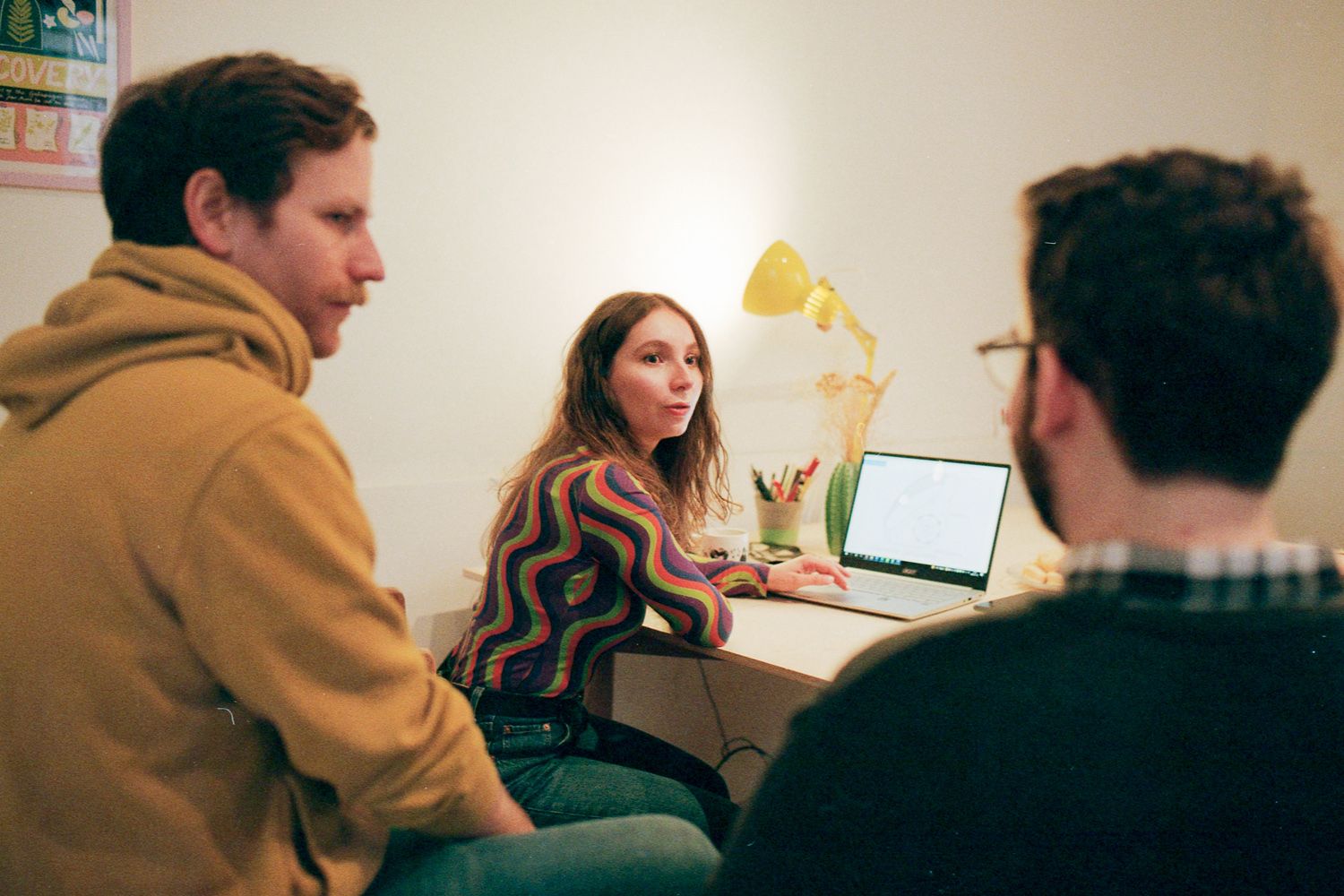
In developing the skills of people with autism, you have experienced the importance of traditional craft techniques not only through Perceptual Thinkers, but also through the Maacraft brand. How do you see digital technologies really adding value to inclusive design products?
As we looked around between fashion tech products and technology accessories, we saw that there were an extremely large number of lifestyle or sports equipment. Yet one of the greatest opportunities of the current technical boom is that gadgets can appear in all areas of life and make everyday life easier, and integrate into our lives. When I say that in all areas, I really mean that, and I see the opportunity for these technological innovations to adapt to the everyday lives of our fellow human beings with physical or cognitive deficits, as well as mental or behavioral disorders.
In the case of Sensorism, we tried to incorporate a skills development and therapeutic function into the product concept that can help people with autism and communication disabilities to stay in touch with the outside world or just reach a calmer mental state.
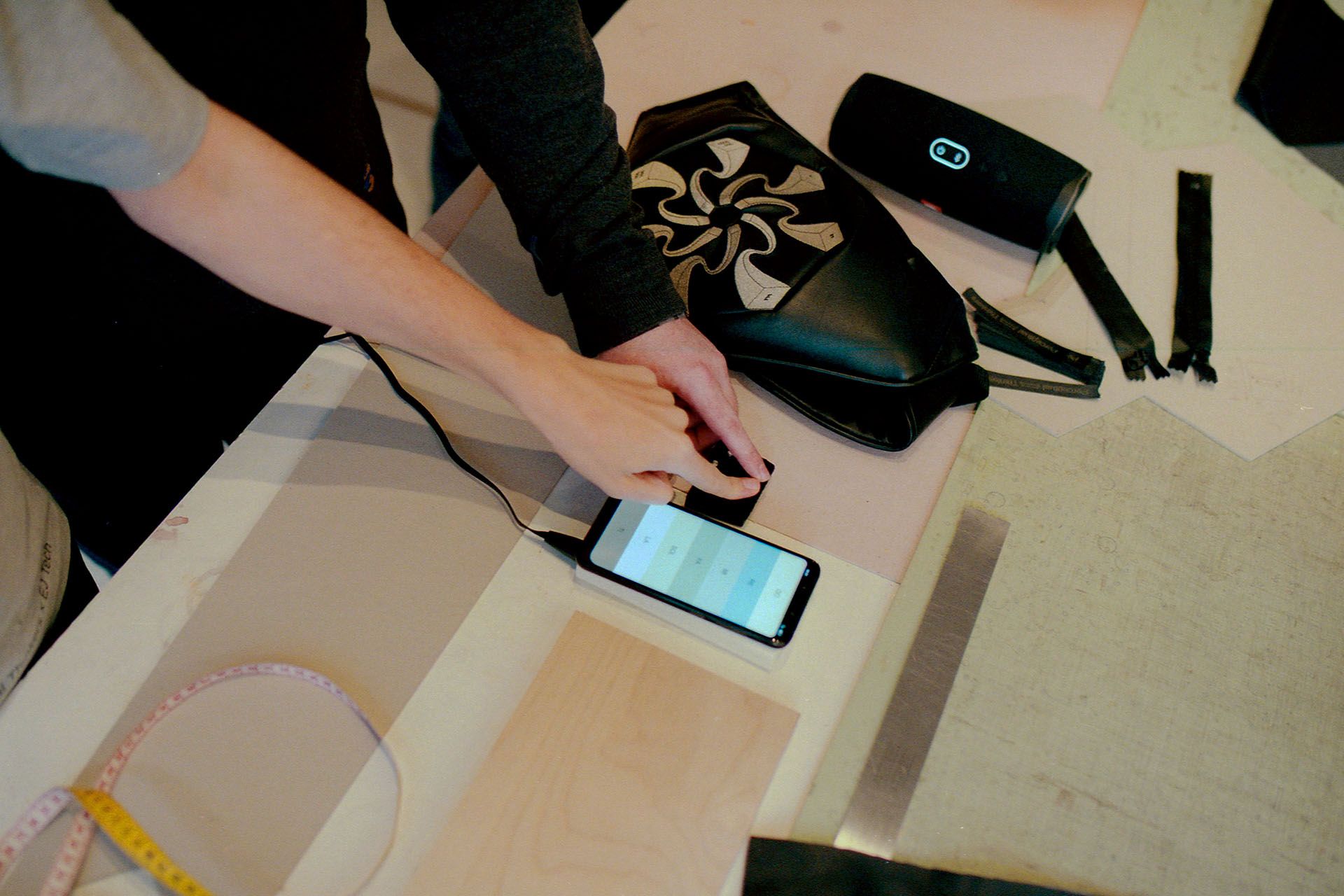
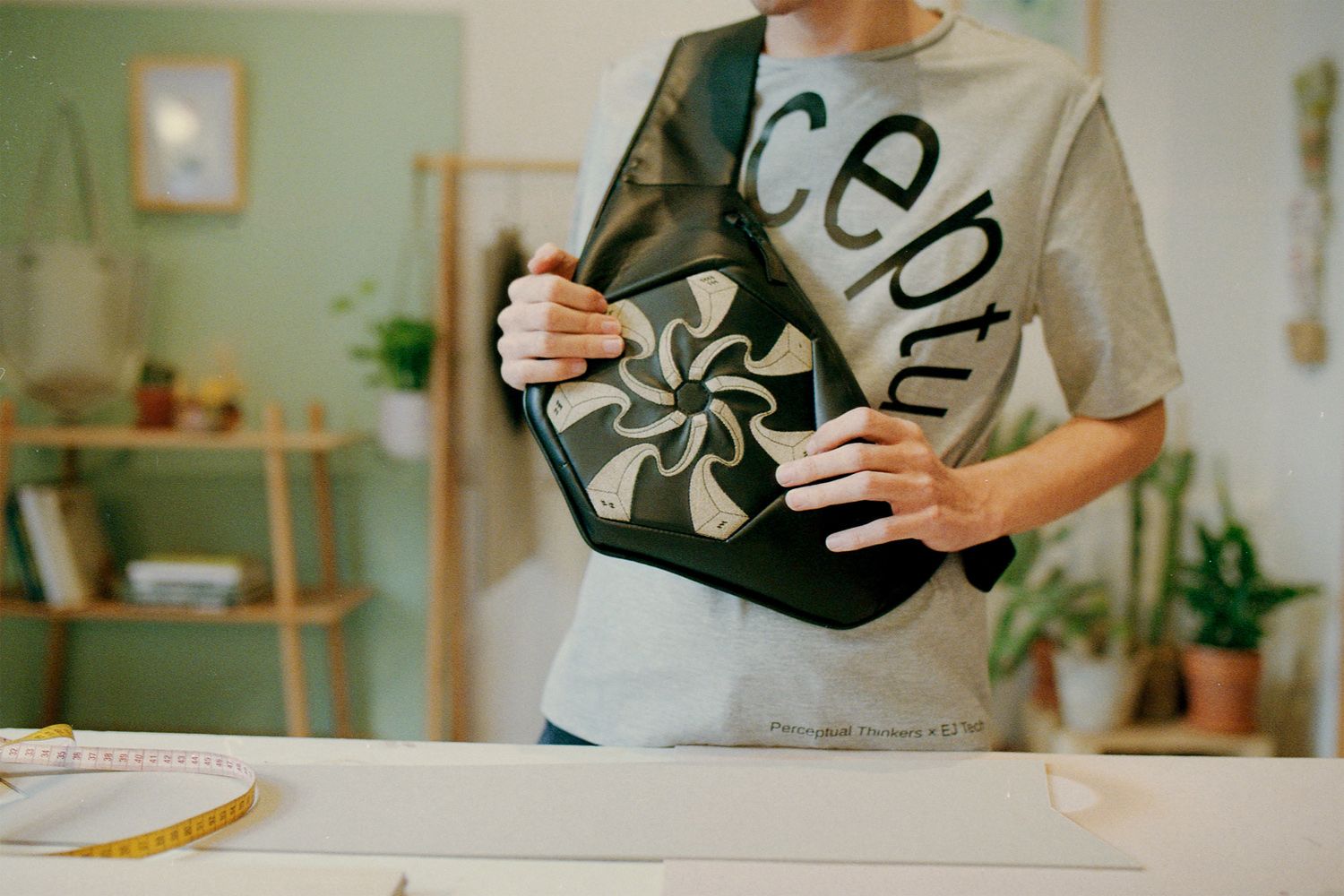
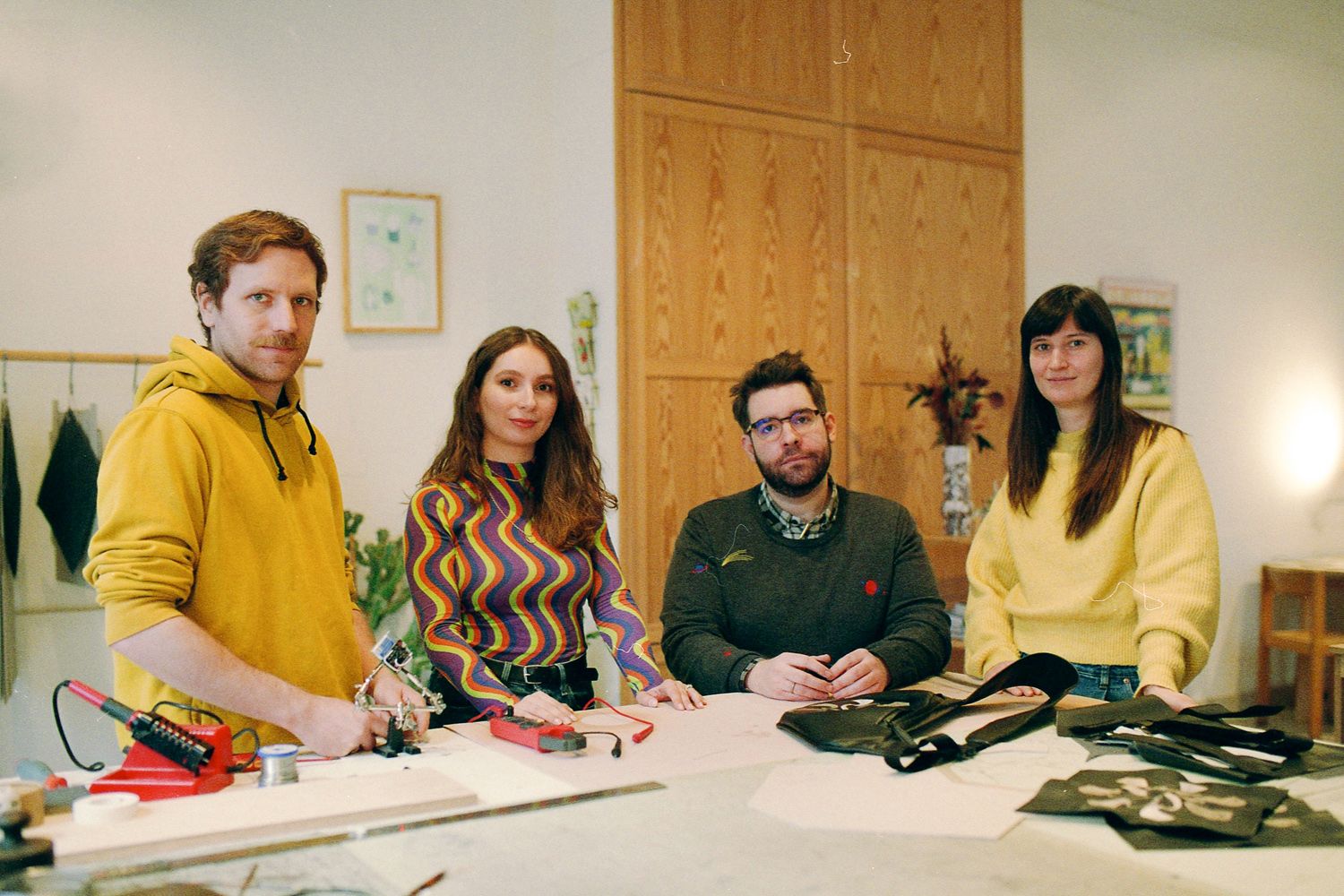
The Sensorism team continues to work to get the bags to people with autism as soon as possible. In the meantime, discover the products of Perceptual Thinkers at the soon-to-be-launched Inclusivity embodied exhibition organized by the Dress-coding team, where you can also try out the Sensorism bag in action.
Photos: Dániel Gaál
Perceptual Thinkers | Facebook | Instagram
Dániel Szalkai | Behance

Where are you, girls? | Nanavízió x Éva Szombat—Women Quota
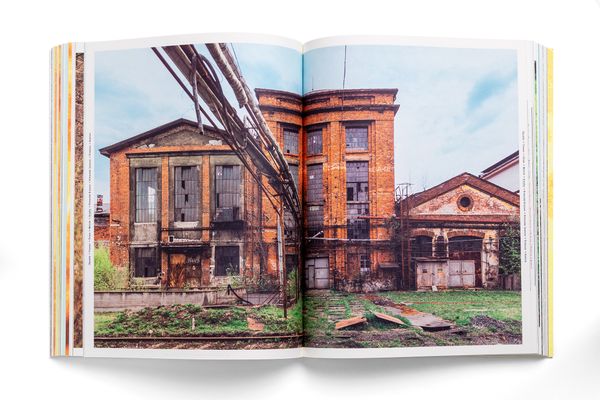
A breathtaking book about the unexplored treasures of Slovakia










